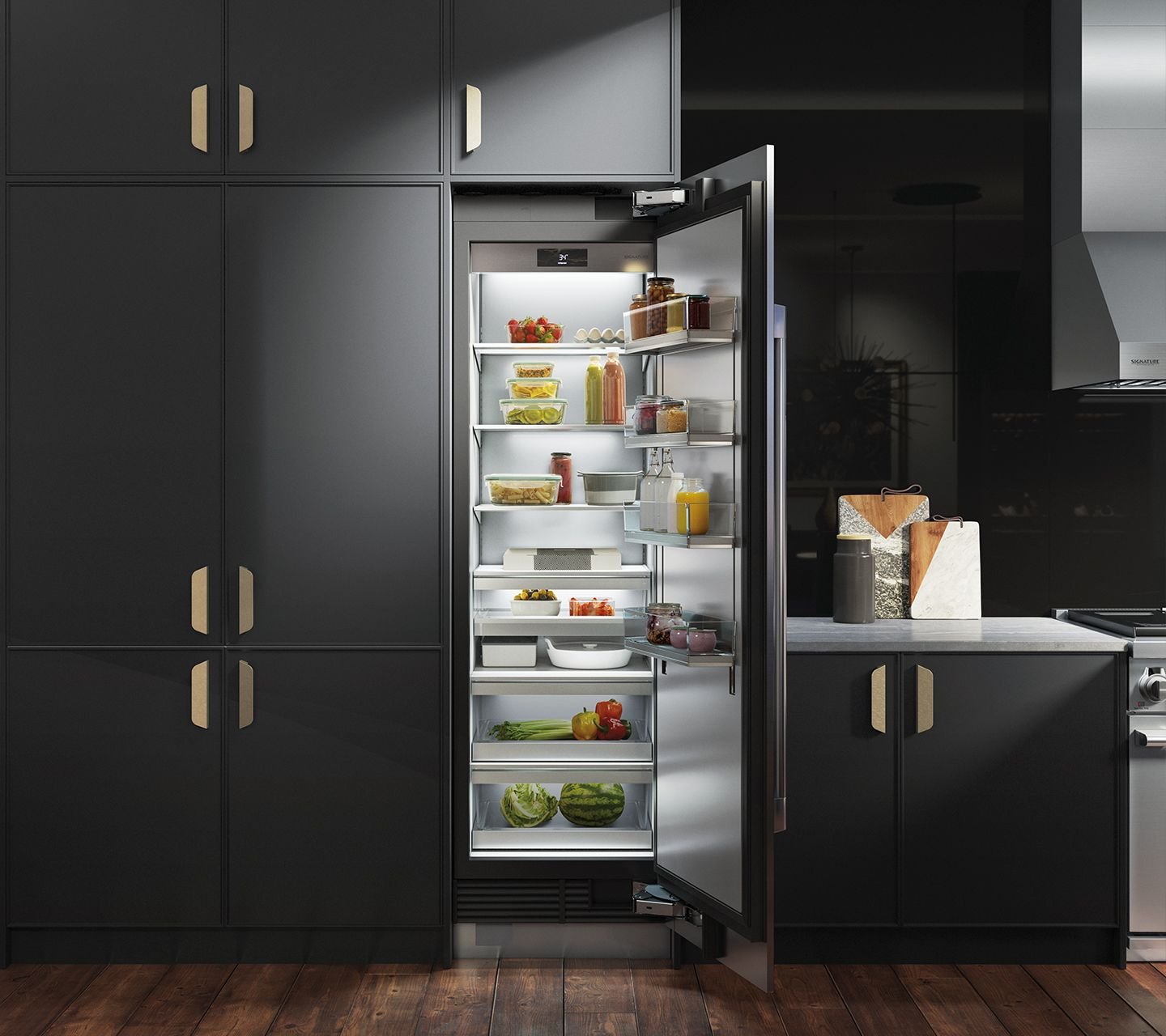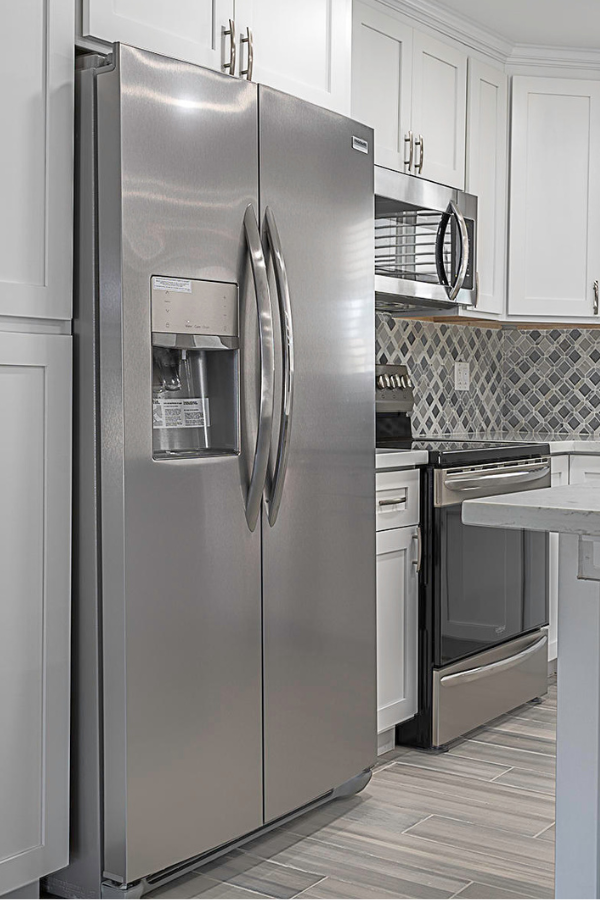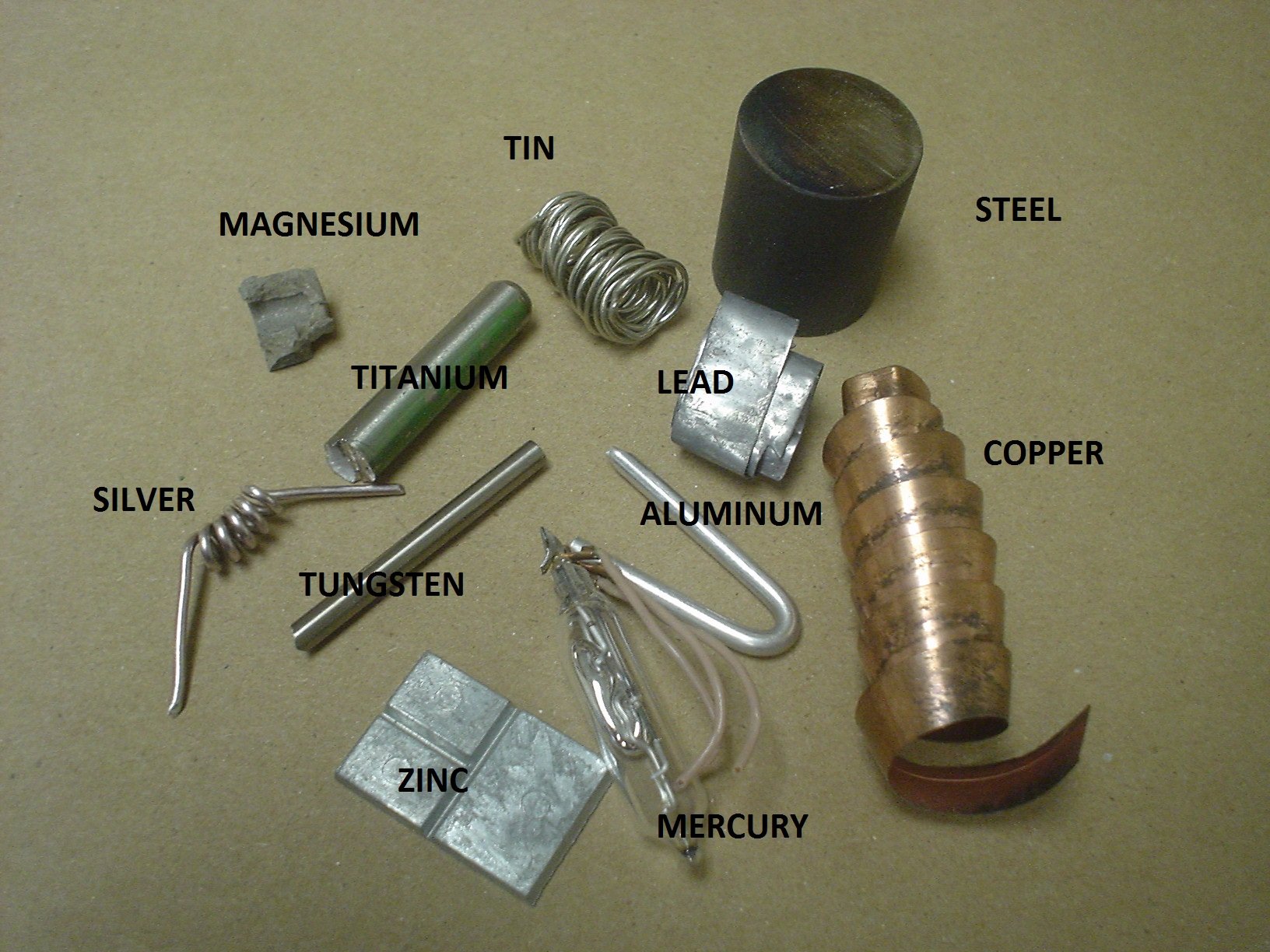Learn to Decode Your Fridge's Messages and Keep It Running Smoothly
-
True! If your food is going bad much faster than is normal, it means h that your refrigerator isn't keeping cold enough. It can also mean that the refrigerant needs to be recharged or your compressor might have failed.
-
False! If your refrigerator is looking more like the inside of a glacier, you've got a problem. Rapid and excessive icing can mean a couple of different issues, but all of them mean that your refrigerator needs a maintenance check. It can be that the thermometer is dead. It can also be that the defrost function is dying. Finally it can show that your compressor is malfunctioning, although this less common than our first two problems.
-
True! It is normal for your fridge to vibrate a little every now and then, as long as it doesn't get excessive or start causing the whole thing to move.
-
False! If you've got puddles forming inside of your refrigerator, it means that your door seal has gone bad and is letting in outside moisture.
-
False once more. The catch here is that while modern refrigerators are quiet, they're not yet completely silent, especially not if you have an ice maker or water line in your fridge. Those will typically thump or click when they're working. If however it's very loud, with scraping or thumping noises, that's when you need to be more concerned.
-
While this is geared towards modern refrigerators, if you've tracked your power use to your refrigerator, you might have a damaged component. If your fridge is unable to keep its temperature regulated it's going to be drawing down more and more power trying to keep cool.
-
True! The thermometer in the fridge may jumpstart the compressor to drop the temperature right when the fridge is opened to make sure everything stays cool even with the warm outside air coming in.
-
True! If you're noting that your refrigerator isn't just warm but hot, it can be a serious issue. While refrigerators generate a little heat, the engine should never be hot enough to hurt. This warning sign can indicate a serious issue with the coils that are used to transfer heat away from the fridge. Repair is needed ASAP for this one.
-
False! But you knew that one, right? While most often this will be water leaking out due to a blown hose, it can be something more serious leaking out.
-
If it's buzzing CONSISTENTLY your compressor is struggling with something.
-
False. Unless you're storing nail polish remover in your fridge, it shouldn't smell like that. If that's not the case, it is a huge issue because it means that the refrigerant is leaking and you need to have it looked at immediately.
-
False, but nice try.
If your doors won't stay shut, and it's not because something is blocking it, it means that the rubber seal around the door has worn out.
-
True! Buzzing occasionally isn’t something to worry about. Your fridge will make noises occasionally. It’s usually the start or end of a compression cycle, and not to worry about.
-
False! Most fridges let out heat near the ground, so if you feel some warmth by your feet when standing in front of the fridge, that is normal.
How did you do? Let us know over on our Facebook page, and you can brag to your friends.
If you’ve realized that you know these signs because your refrigerator is acting up, we’ll be happy to help.. You can reach out to us via our website or by giving us a call at
((214) 599-0055).
Additional Reading
Navigating the Frigidaire Refrigerator Recall
Elevate Your Culinary Experience: The Quad Door Refrigerator Advantage
Demystifying Refrigerator Types: Choosing the Perfect Fit for Your Home












